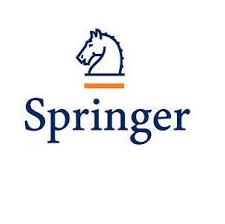Abstract
Queueing theory is a useful tool in design of computer networks and their performance evaluation. The literature concerning this subject is abundant. However, it is in general limited to the analysis of steady states. It means that flows of customers considered in models are constant and obtained solutions do not depend on time. It is in glaring contrast with the flows observed in real networks where the perpetual changes of traffic intensities are due to the nature of users, sending variable quantities of data, cf. multimedia traffic, and also due to the performance of traffic control algorithms which are trying to avoid congestion in networks, e.g. the algorithm of congestion window used in TCP protocol which is adapting the rate of the sent traffic to the observed losses or transmission delays. We discuss here the means used to analyse transient states in queueing models. In computer applications a mathematical model is useful only when it furnishes quantitative results. Therefore practical issues related to numerical side of models are of importance and are here discussed. We present three approaches—Markov models solved numerically, fluid flow approximation and diffusion approximation. A particular importance is given to the latter as the author has here over 20 year experience in development and application of this method. He is also convinced of the qualities of this approach— its flexibility to treat various variants of queueing models. Traffic intensity observed in computer networks have a complex stochastic nature that influences the network performances. We discuss also this side of implemented queueing models.








